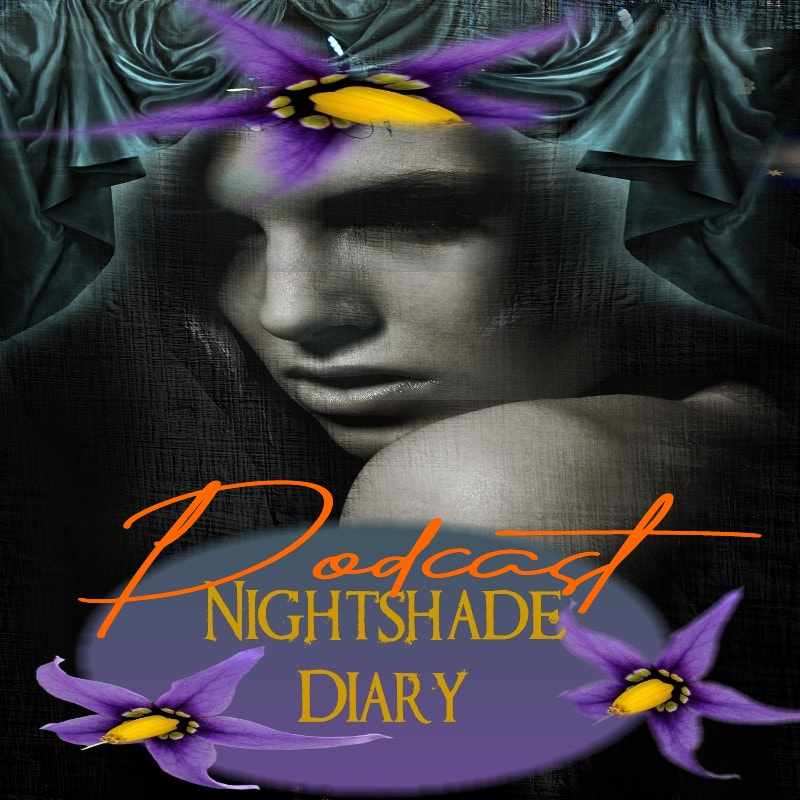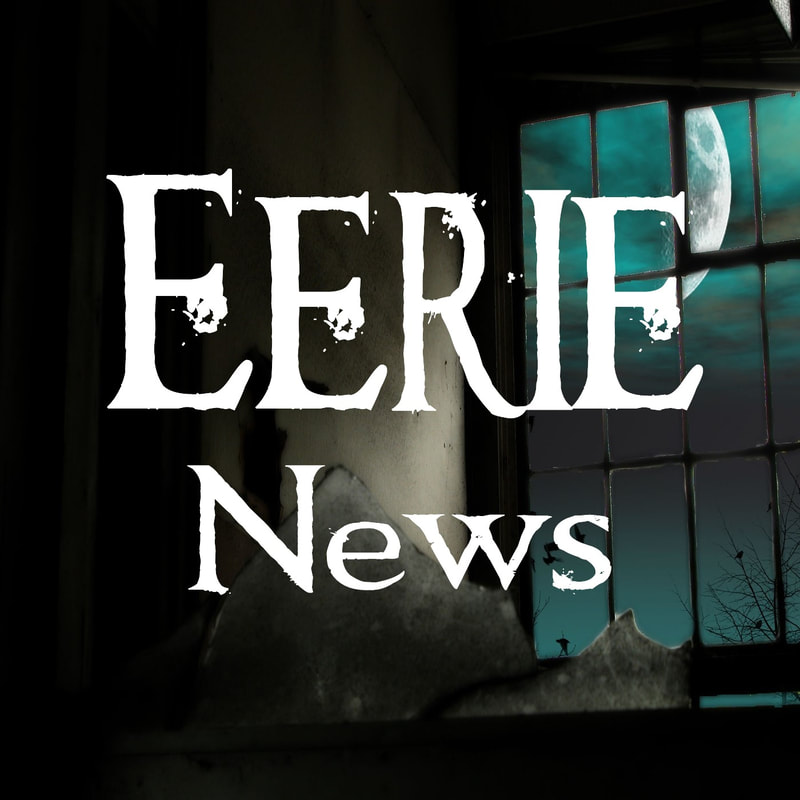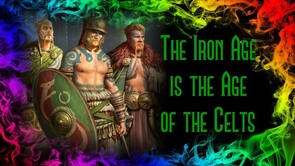 by M.P. Pellicer | Stranger Than Fiction Stories The tradition of Halloween originated from a civilization that dominated Northern Europe. These people were the Celts.  Julius Caesar described where human and animal sacrifice was practiced by the Celts Julius Caesar described where human and animal sacrifice was practiced by the Celts Originally they lived in Central Europe, and moved westward before the advent of the Romans. They had no written language, and their art was mostly decorative, however they had a rich oral tradition. Most of their history comes from other civilizations that came in contact with them. They were herders and hunters, and fearsome warriors. The Iron Age is age of the Celt in Britain. They weren't one people but warring tribes that were given to fighting amongst themselves. They were loosely tied by a similar language, religion and cultural expression. The glories of plunder and battle were very important for the Celts, and they were known to rush into battle armed and naked. The favorite spoil of war was the severed head of a foe. The Celts worshiped deities personified by the forces of nature. They routinely offered sacrifices in order to appease them. Julius Caesar's Conquest of Gaul described that human sacrifice using fire was common among the Celts.  Beltane and Halloween (All Hallow's Eve) were dates of importance to the Druids Beltane and Halloween (All Hallow's Eve) were dates of importance to the Druids These religious activities were overseen and committed by the Druids. Among their ranks were prophets, bards and priests which were all male, and women were only allowed to assist. Their leader was the archdruid. They were judges at all disputes, and because of their status in the society they were exempt from taxes and military service. There are two important dates on the Druidic calendar, May 1, known as Beltane and October 31, and November 1, known as Samhain and Taman. Sao-in as it was pronounced, was dedicated to the Celtic Lord of the Dead. This was when one year became another. During this time they would invite the spirit of their deceased relatives to join the celebration. This included taking the skulls of their family members from the grave, decorating and bringing them to the festivities. Milk or food was left outside the home for wandering spirits who had no family. There was danger if a spirit was left out of the fun, since they were thought to be unpleasant.  Druids stuffed humans into a giant man-like wicker trap where they burned them alive Druids stuffed humans into a giant man-like wicker trap where they burned them alive Since winter was on the horizon, bonfires were used in ceremonies. According to Caesar ritual sacrifices of animals, especially horses and human beings were made in flames. He described, "Persons suffering from serious diseases, as were all those who were exposed to the perils of battle, were offered as human sacrifices... Some tribes have colossal images made of wickerwork, the limbs of which they fill with living men; they are then set on fire, and the victims burned to death." Sometimes captured Roman soldiers were part of this sacrifice. The remains of the victims were studied by the Druids to predict the future, especially for the upcoming year. The Druids may have been mystical but they used this opportunity to line their own pockets. They would lead a parade of masked peasants to go door to door and gather gifts for the Druid god Muck Olla. Tribute was demanded otherwise the peasant could be punished. It could come in the form of stolen livestock or burning down farm buildings. This predated Mafia shakedowns for supposed protection. 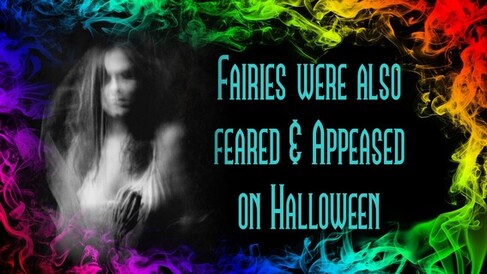 Druids thought that fairies were evil and to be feared Druids thought that fairies were evil and to be feared The Celts were distrustful also of fairies who were considered evil. Their complaints against humans are that they were displaced from the land. They were believed to live in mounds or barrows that dot the British Isles. Samhain not only allowed spirits of the dead to cause mischief but also the fairies. Food and milk left outside the home were also meant to appease them. The Romans who conquered most of Northern Europe, eventually blended their customs with those of the Celts. The Roman festival honoring the dead called Feralia was also celebrated at the end of October. The Roman's acceptance of other religious beliefs clashed with the Druid's practice of human sacrifice. Since the Druids’ customs were oral traditions, once the priests disappeared their religion faded. 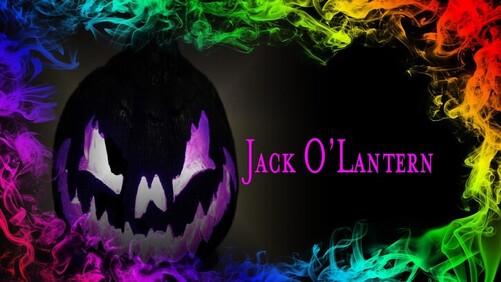 Christians did something similar as Europe became Christianized. The Cathedral of Our Lady of Chartres, situated 50 miles southwest of Paris was constructed in the 13th century, but the last version was built on the site of at least 5 cathedrals built in the 4th century. Originally it was a Celtic sanctuary, who had taken over an earlier pagan site of worship. The Druids venerated a pregnant goddess statue that was brought there from a non-druidic sect. The pregnant Venus figurine was transfigured into the pregnant Virgin Mary and venerated at the cathedral until the fanatics from the French Revolution destroyed one of the oldest continually venerated religious figurines in history. Much of the Halloween folklore we know today evolved from Europe during the Dark Ages. During 1000 A.D. All Soul's Day was incorporated to be celebrated on November 2. This would become known as Allhallowtide, when Christians would dress all in black and go door to door asking for food for the dead. This evolved into children exchanging prayers for the dead in exchange for ‘soul cakes’ in the 11th century in a tradition called ‘souling’. These soul cakes were sweet with a cross on the top, and they were intended to represent a spirit being freed from purgatory when eaten.
0 Comments
Your comment will be posted after it is approved.
Leave a Reply. |
Stranger Than Fiction StoriesM.P. PellicerAuthor, Narrator and Producer Archives
July 2024
Categories
All
|
Stories of the Supernatural
- Stories of the Supernatural
- Miami Ghost Chronicles
- M.P. Pellicer | Author
- Stranger Than Fiction Stories
- Eerie News
- Supernatural Storytime
-
Astrology Today
- Tarot
- Horoscope
- Zodiac
-
Haunted Places
- Animal Hauntings
- Belleview Biltmore Hotel
- Bobby Mackey's Honky Tonk
- Brookdale Lodge
- Chacachacare Island
- Coral Castle
- Drayton Hall Plantation
- Jonathan Dickinson State Park
- Kreischer Mansion
- Miami Biltmore Hotel
- Miami Forgotten Properties
- Myrtles Plantation
- Pinewood Cemetery
- Rolling Hills Asylum
- St. Ann's Retreat
- Stranahan Cromartie House
- The Devil Tree
- Trans-Allegheny Lunatic Asylum
- West Virginia Penitentiary
- Paranormal Podcasts
"When misguided public opinion honors what is despicable and despises what is honorable, punishes virtue and rewards vice, encourages what is harmful and discourages what is useful, applauds falsehood and smothers truth under indifference or insult, a nation turns its back on progress and can be restored only by the terrible lessons of catastrophe."
- Frederic Bastiat
- Frederic Bastiat

Copyright © 2009-2024 Eleventh Hour LLC. All Rights Reserved ®
DISCLAIMER
DISCLAIMER
 RSS Feed
RSS Feed


